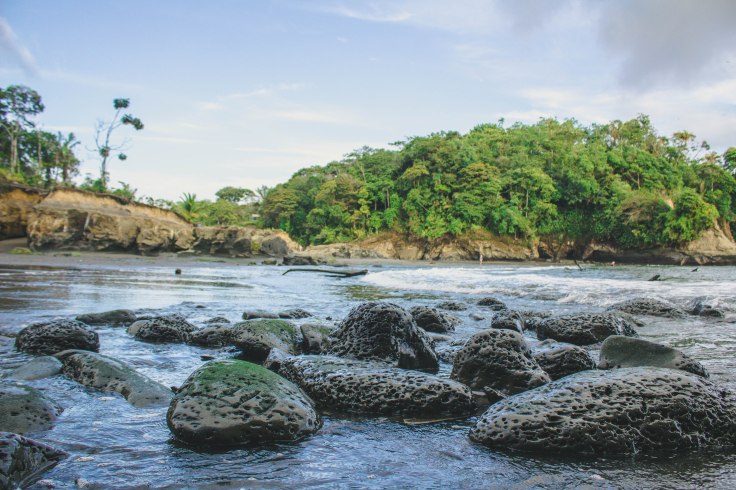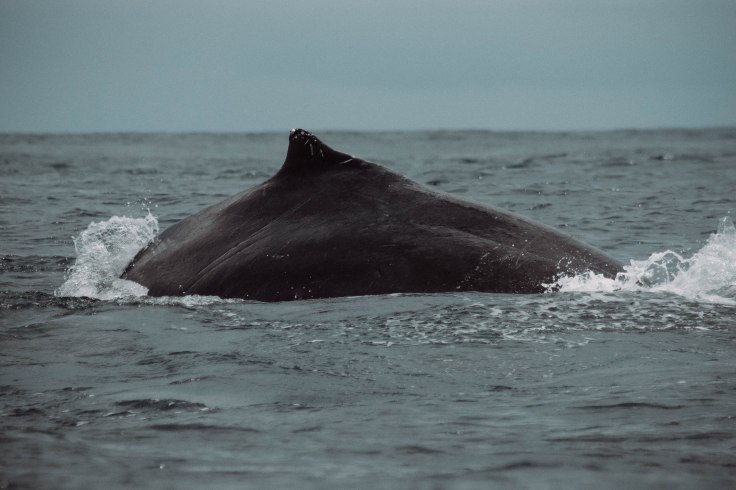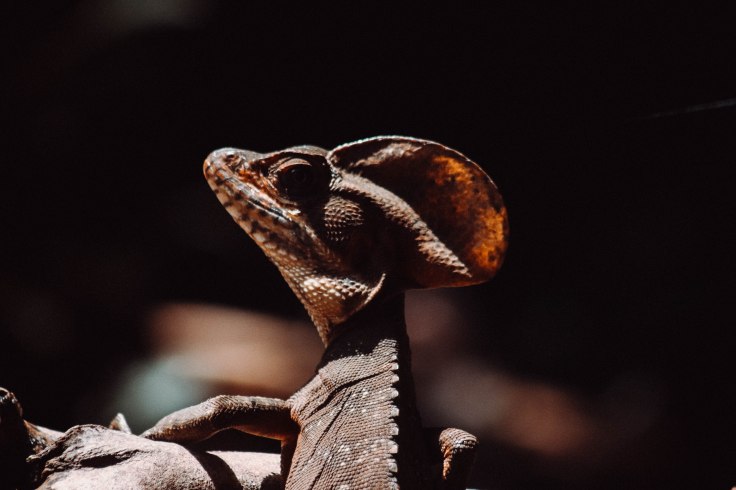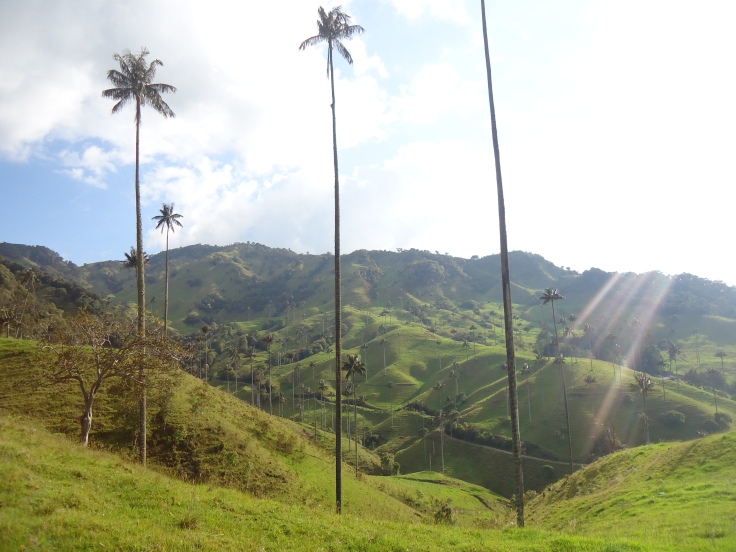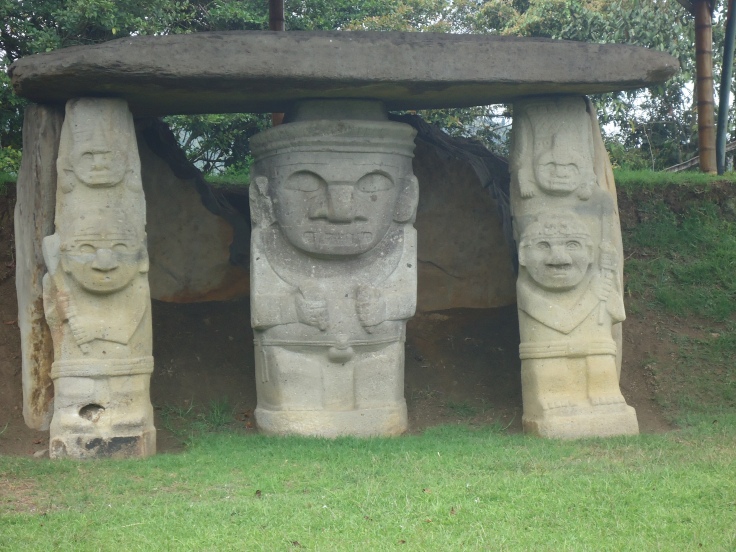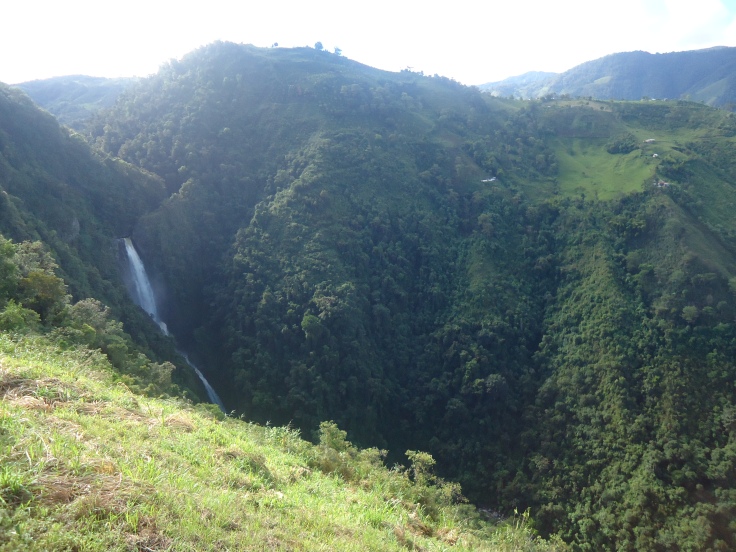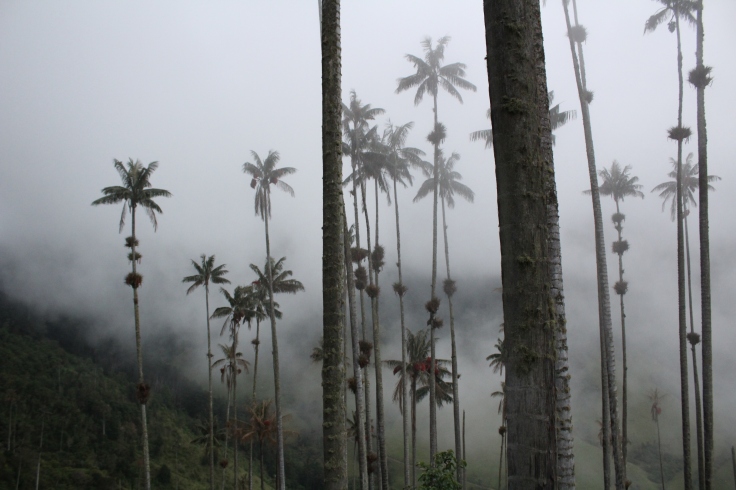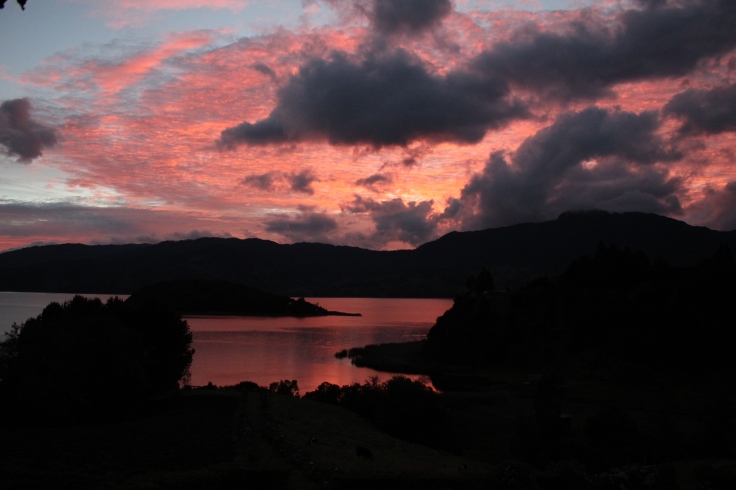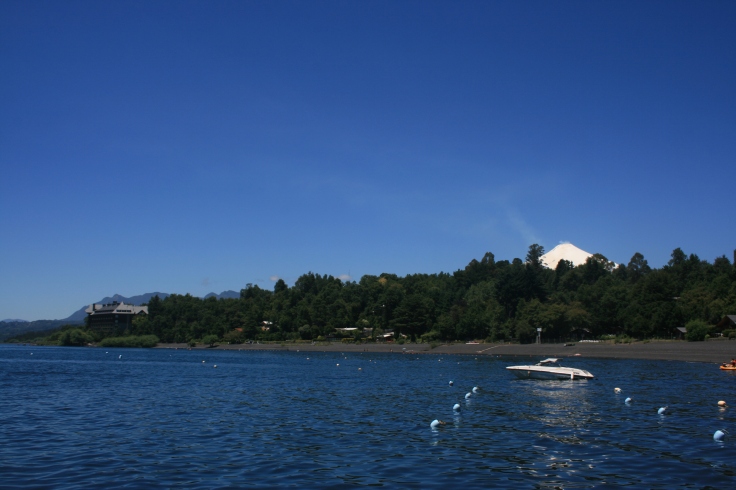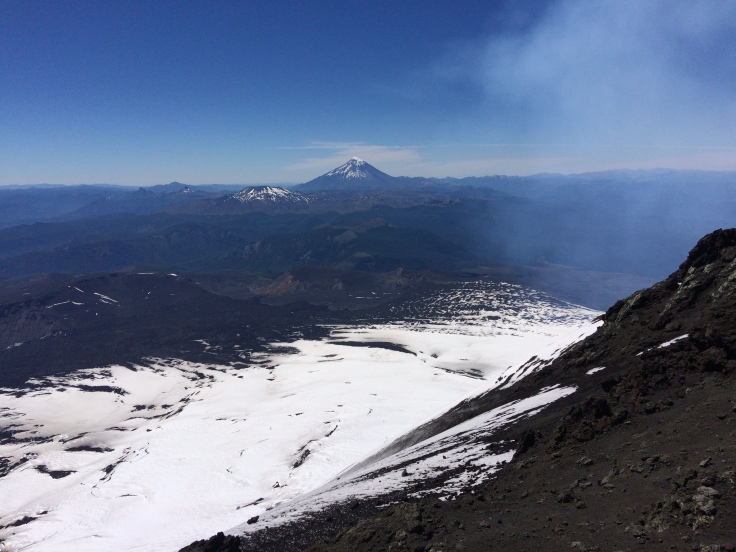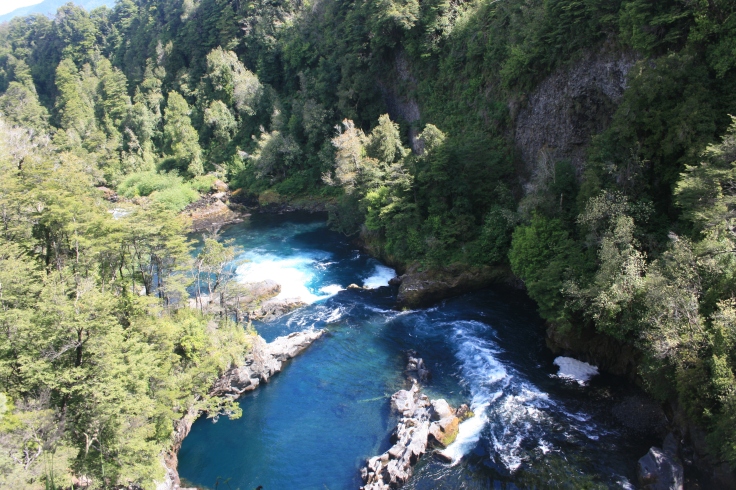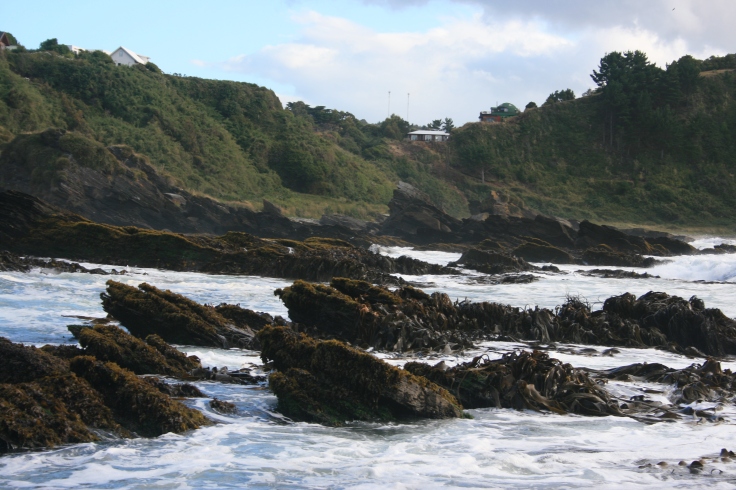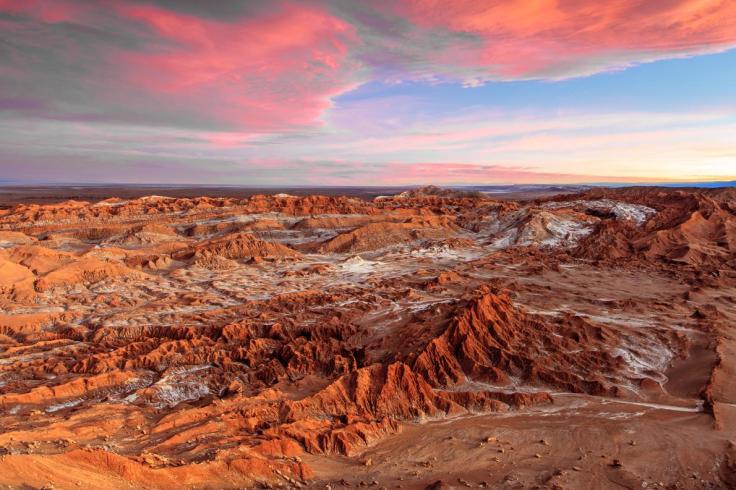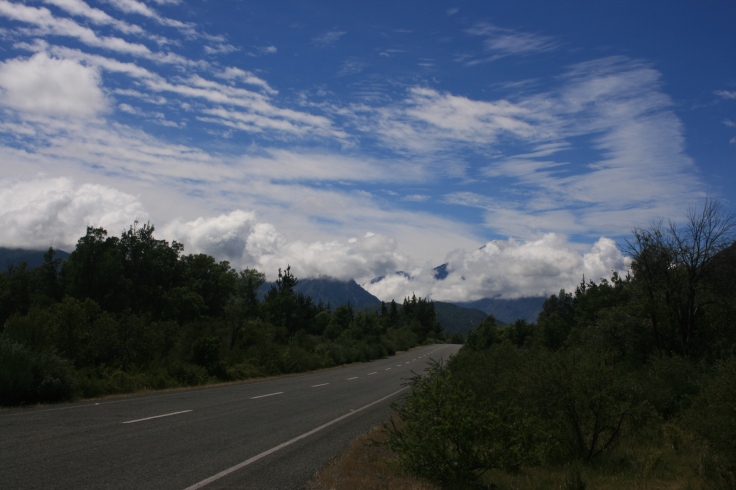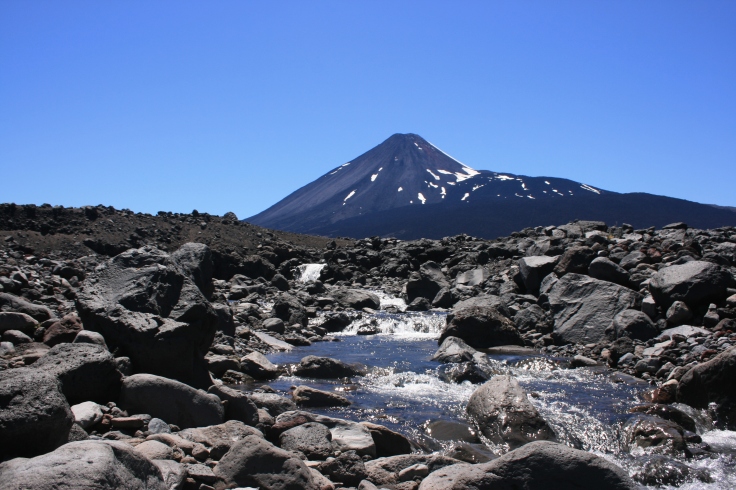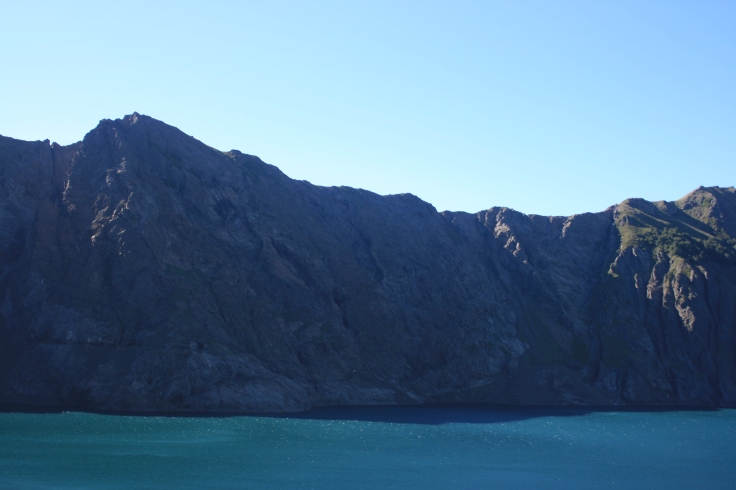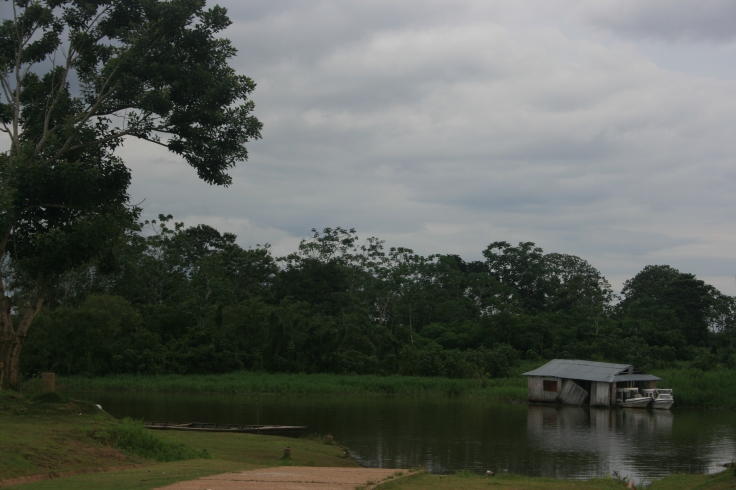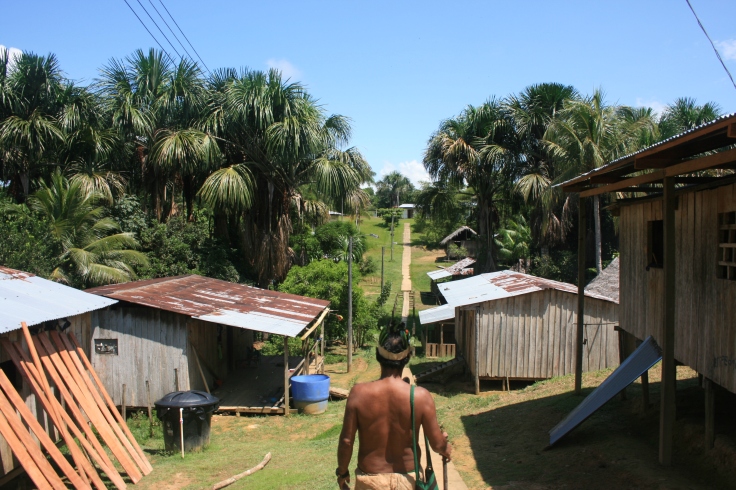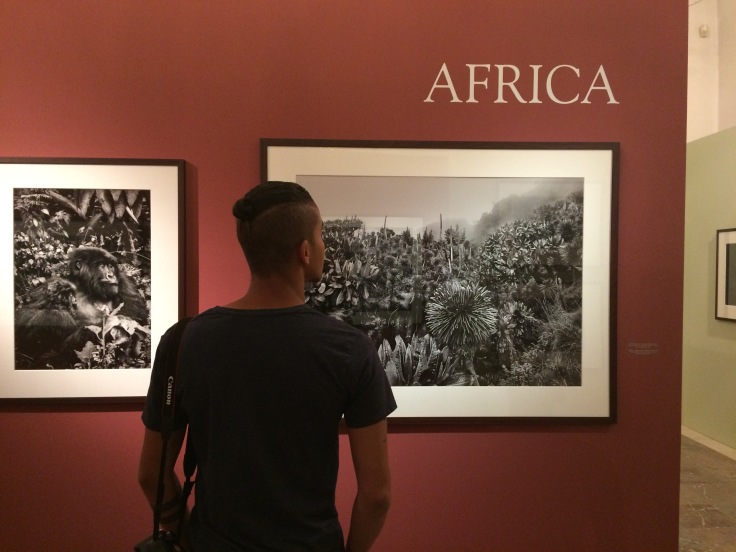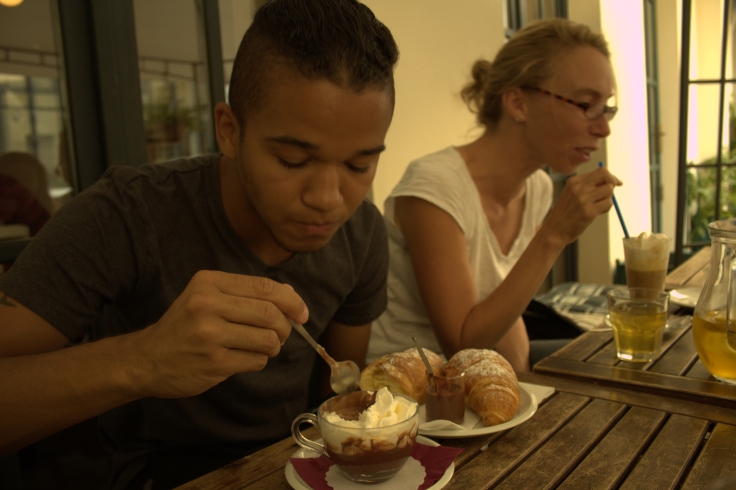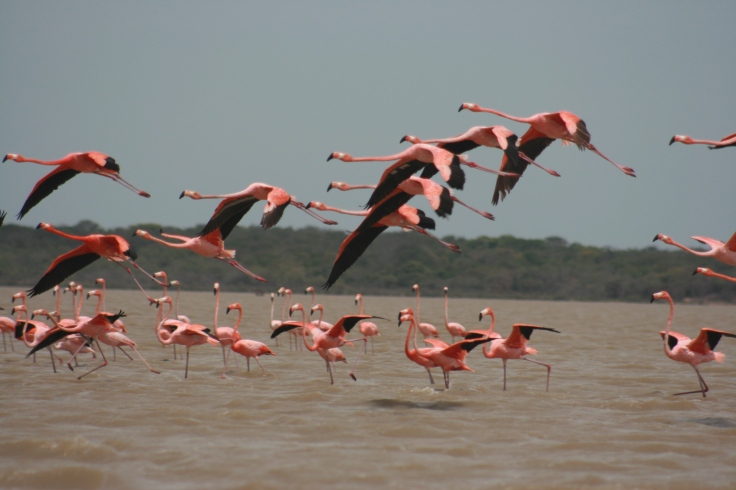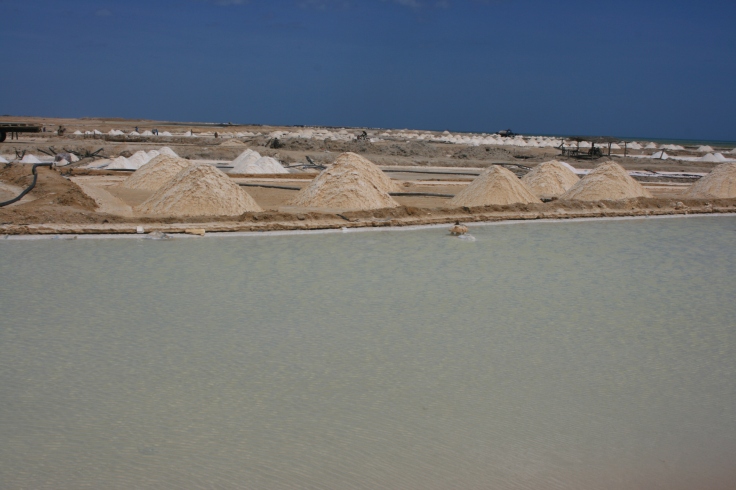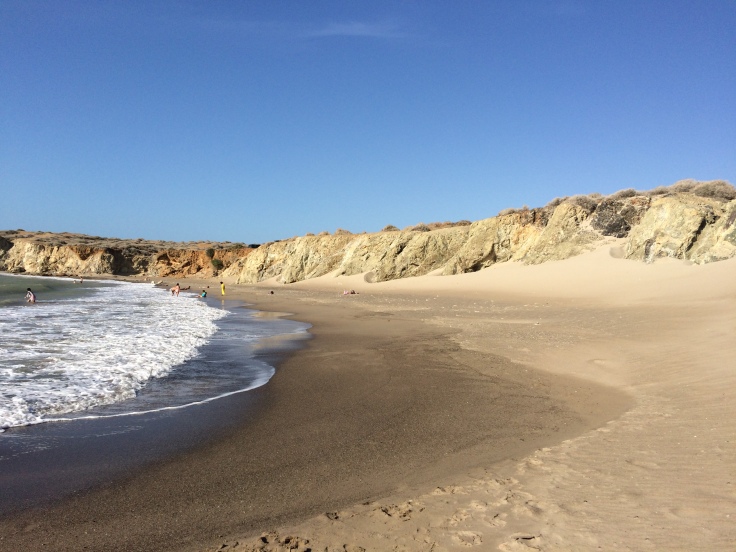When we think about Mallorca, hiking is not the first thing that comes to mind, but after being six days in the Serra Tramuntana, I realized that it is maybe the best thing to do here. A long hike from Estellencs to Pollenca showed me everything I wanted to see: the amazing forest, the wonderful mountains and the bluest sea. I took a route called the GR221, which you can easily find on the internet (some people even do it 10 days long) or on maps.me, the app I downloaded to not get lost.
First of all, this is a hike you can perfectly do alone, as I did. After each day you will be able to find a “Refugi”, where you can sleep, have breakfast and keep going the next day. The cost of a night here is 20euros, or 25euros with breakfast, because they usually don’t let you use the kitchen. For this places you will need to make a reservation online a week ahead.
My hike started in Estellencs, a small town with a breathtaking view at the sea. From there I walked to Esporles in about 4h, 13km. Here I didn’t stay at a Refugi, but at “Sa Fita Backpackers Hostel”. I payed 27euros for an amazing hostel with pool, which was perfect after the long day and heat.
The next day took me to the hot but very interesting town of Deiá, in the middle of the mountains, but still 30min by foot away from the beach. This day I passed Valldemossa on maybe the hardest day of all six. The climb up the mountain and down again took about 3h, and the entire walk to Deiá was about 6h and 20km, but it was worth it.
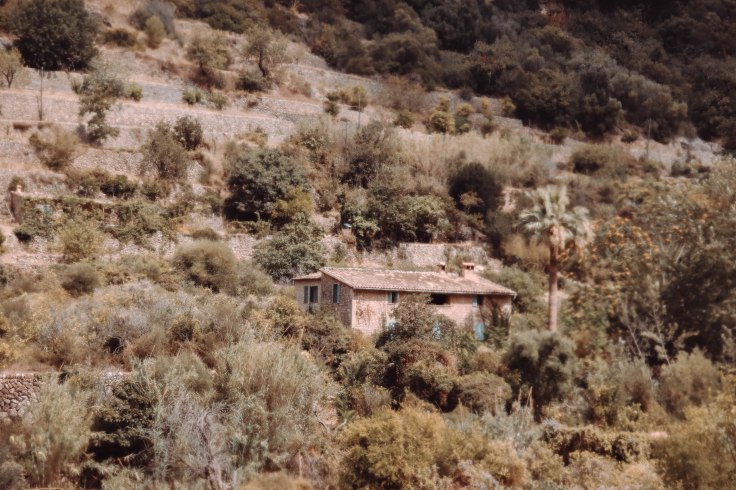
To rest a little, the road from Deiá to Soller was rather a short and relaxing one. I took an old pirate path alongside the coast, through the forest, which took me about 3h. The path drops you at Port de Sollerm where you can either walk 1h or take a bus to Soller. Seafood here is abundant, and the path here is incredible. The best thing is, even in high-season you won’t see any tourists, or anyone else, on your way.
That night I stayed at Hostel Soller Albergue Juvenil, another amazing Hostel with great breakfast and comfortable beds. Here I payed 35euros for the night, and was able to use the kitchen to cook dinner.
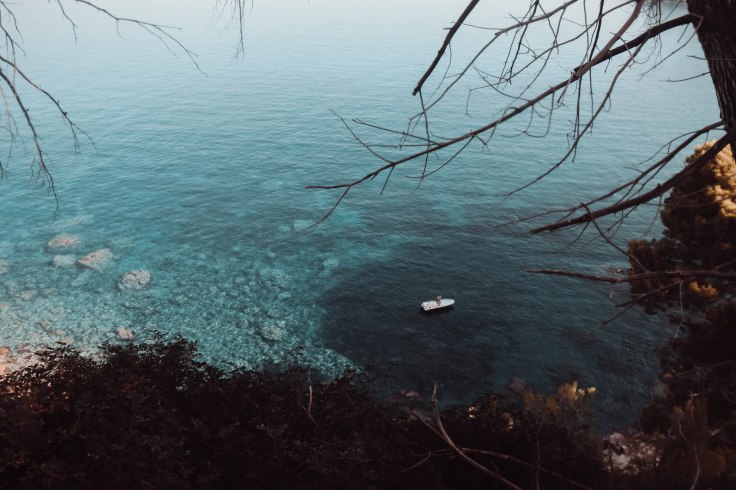
The next day was supposed to be a hike to the Refugi Tossals Verds, and the day after to Lluc, but I did it a little bit different, because the Refugi was closed for a couple of days. So what I did is go to Port de Soller, and take a ferry for 13euros to Sa Calobra, one of the most amazing beaches on the Island. It took me 1h to get there, and as I was there in high-season it was pretty packed, but still enjoyable. Sa Calbora and the Torrent de Pareis are side by side, and offer a crystal-blue beach and a small river running through the mountains. An amazing place to relax, take photos and enjoy the sun (or get burned).

From Sa Calobra you can walk for 3-4h to Lluc, or take the bus to get there in about 40min. Lluc isn’t really a town, and there are only two options for a stay. The Lluc monastery, where you can get a bed for around 30euros, or camping, which is what I did. There is no supermarket, but you can eat at one of the three restaurants here. There is also a bothanic garden and pool at the monastery where you can cool yourself down. There are two big camping spaces here, but you will need your own tent. They have water, bathrooms, fireplaces and showers, with is enough. You will pay about 5euros for the night, and enjoy the stars all night.
On my last day, the road was pretty boring. I walked about 5h to Pollenca, passed the road many times, but it was very easy as the mountain just started to bring me down again. Pollenca itself is where the tour slowly gets touristic again. If you keep walking to Port de Pollenca you can get into the massive touristic beaches again, where 80% will be germans burning in the sun. But you won’t regret a second, because you will be as tired as you can be, but happy after seeing how amazing Mallorca can be, seen in another way.









